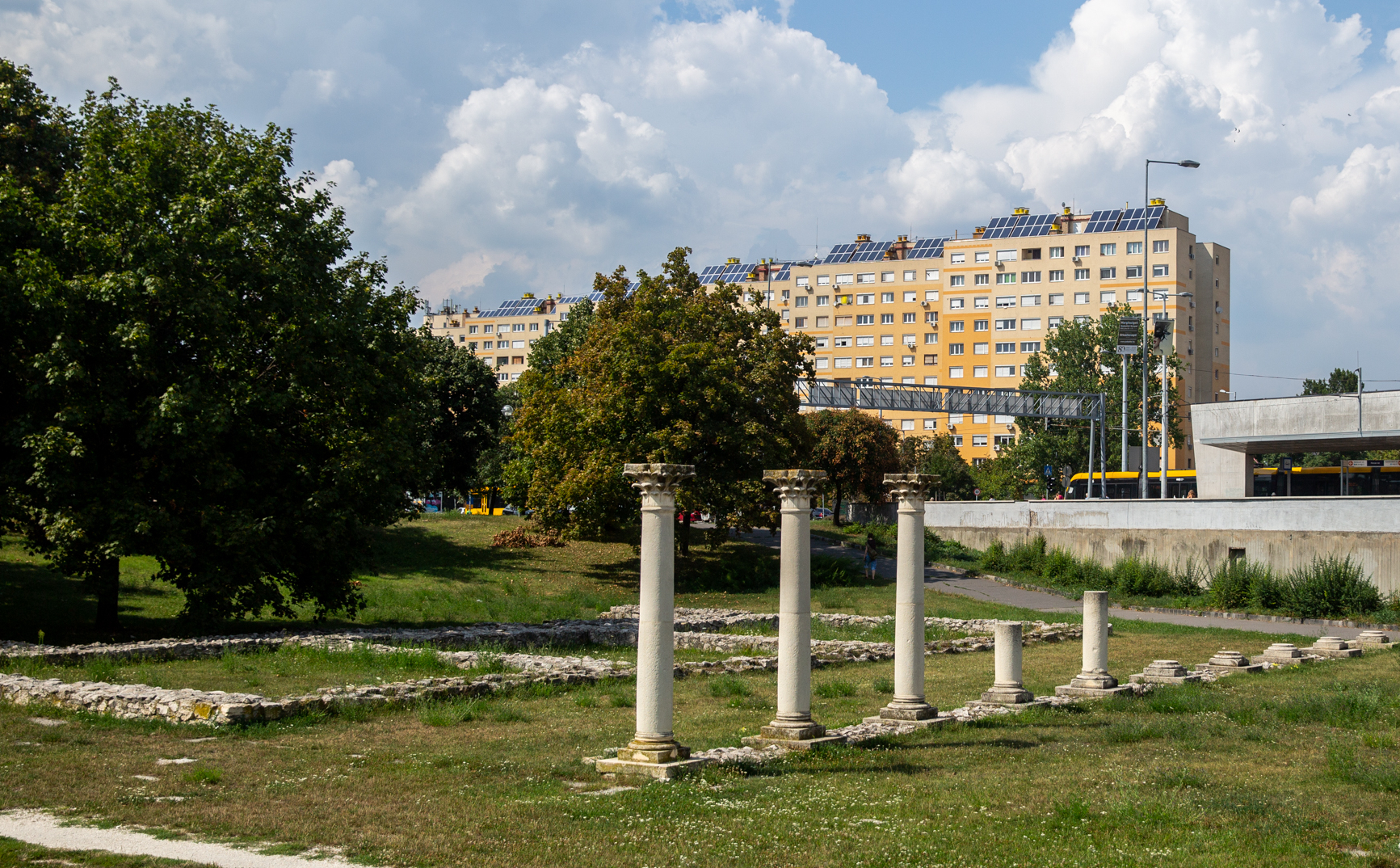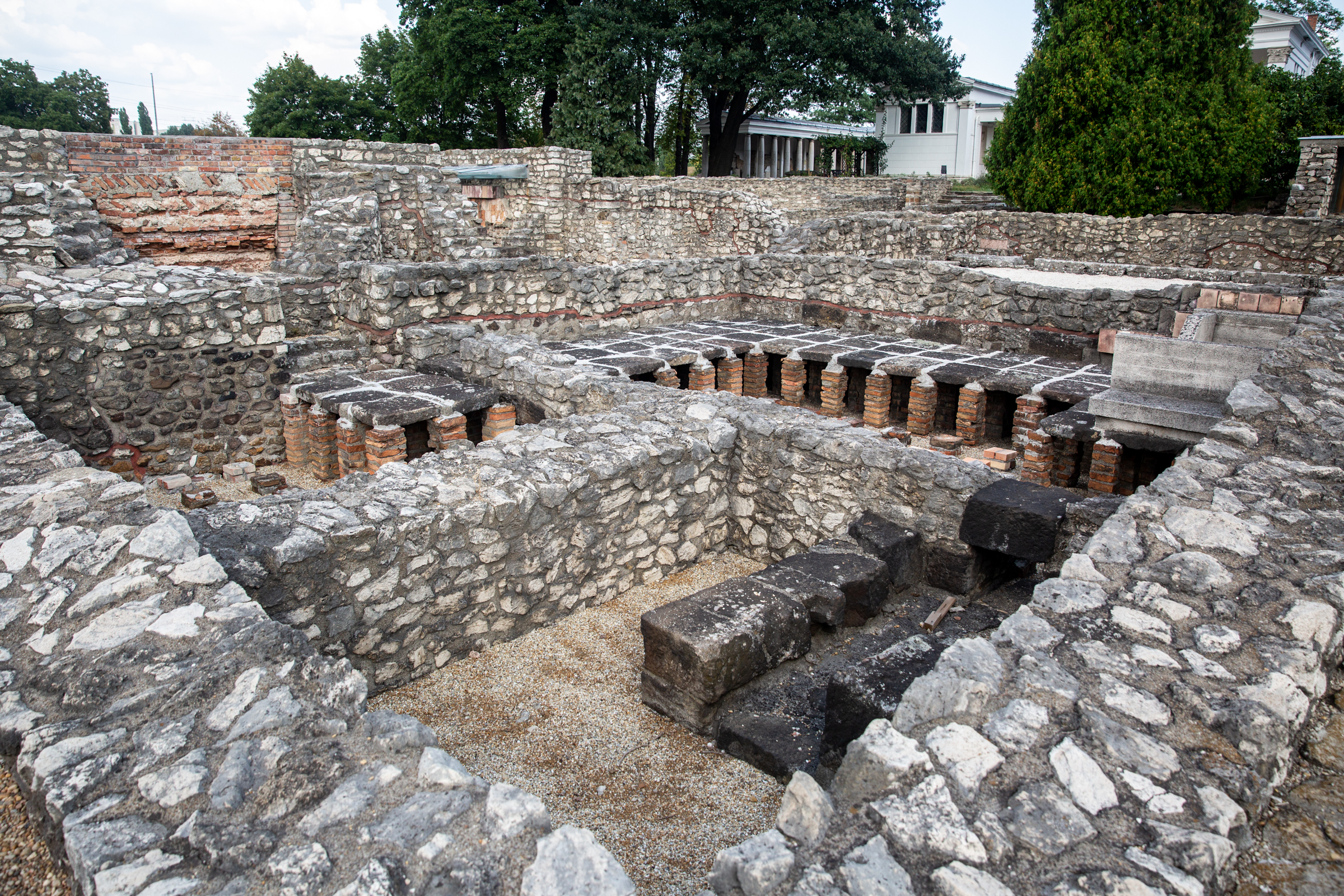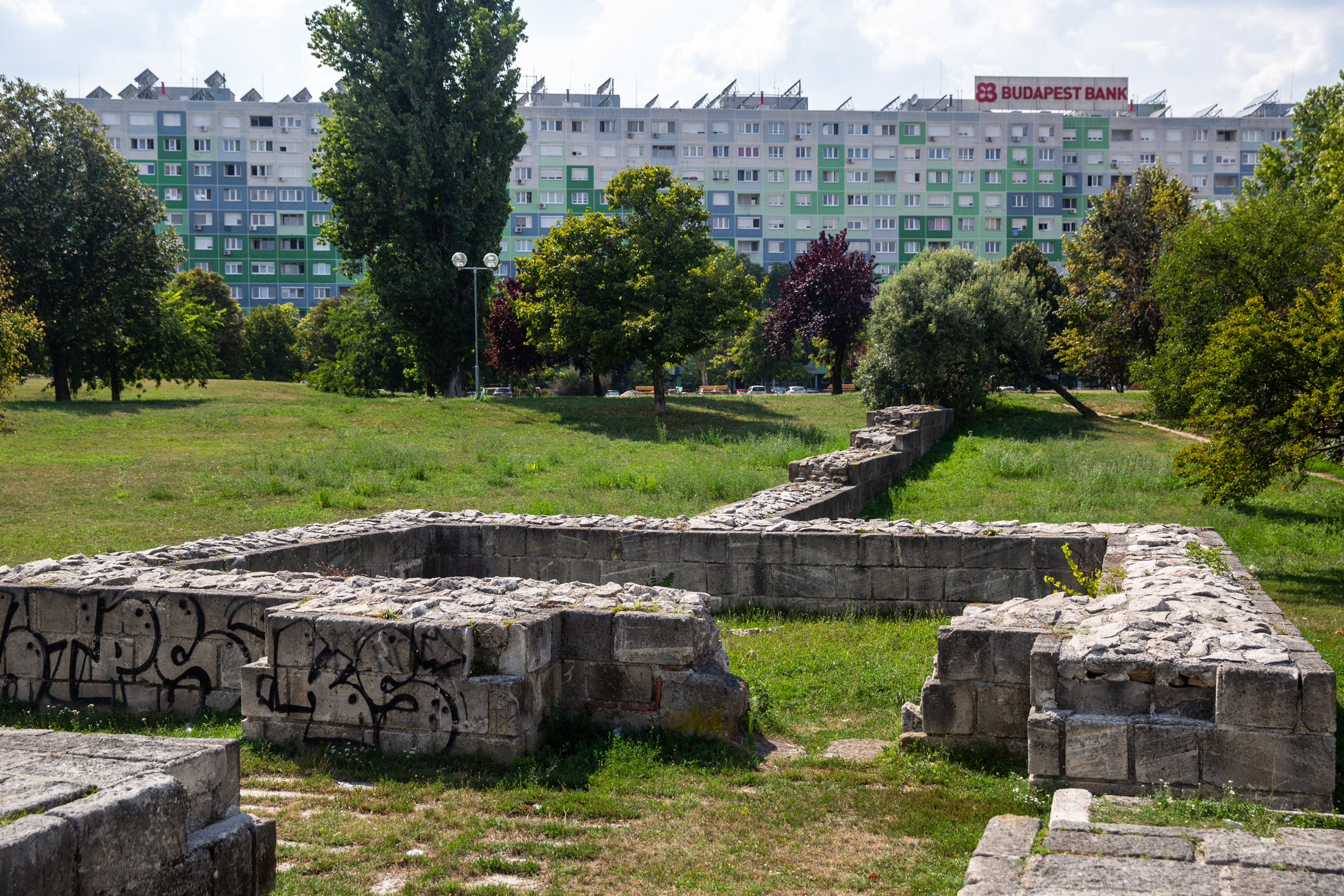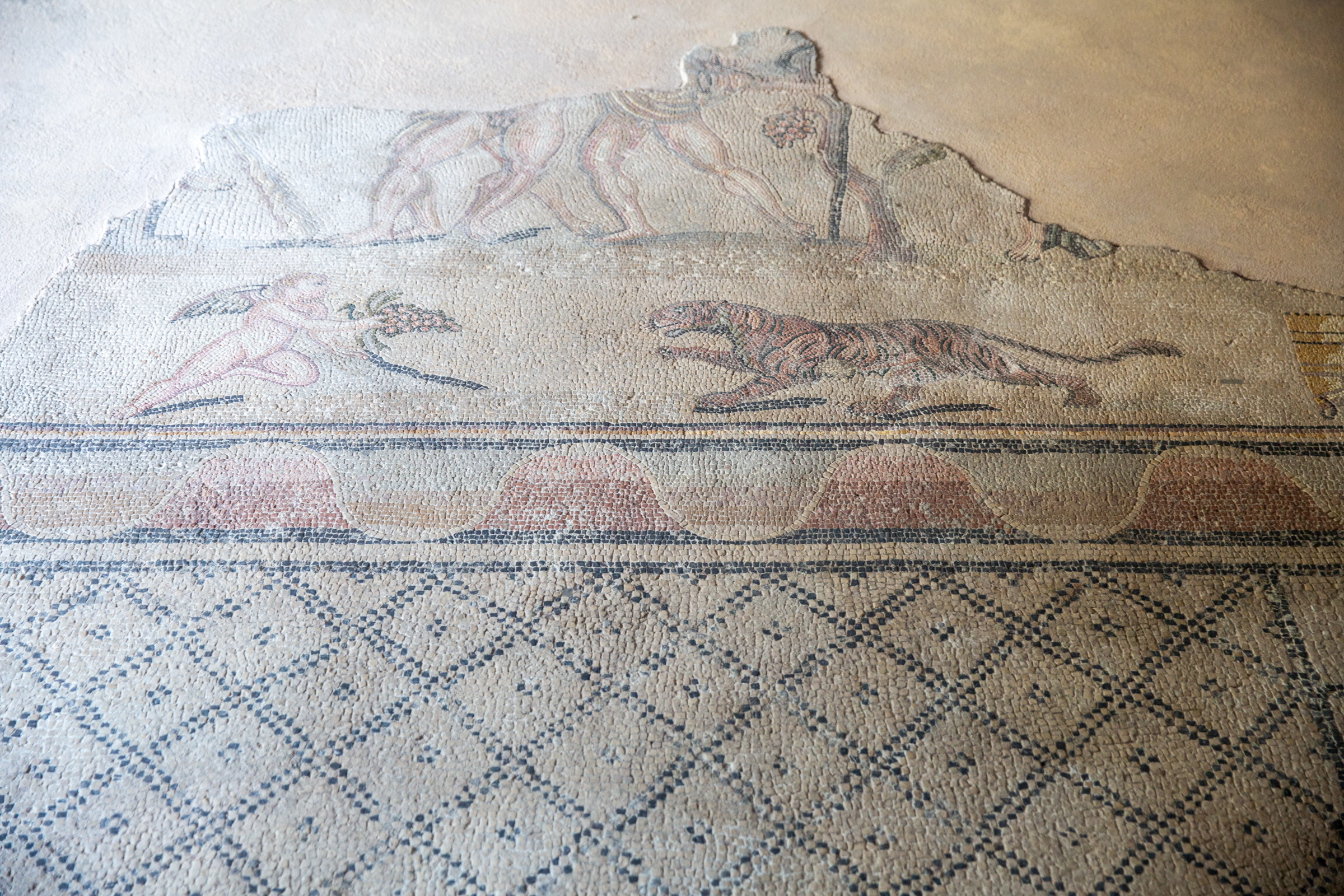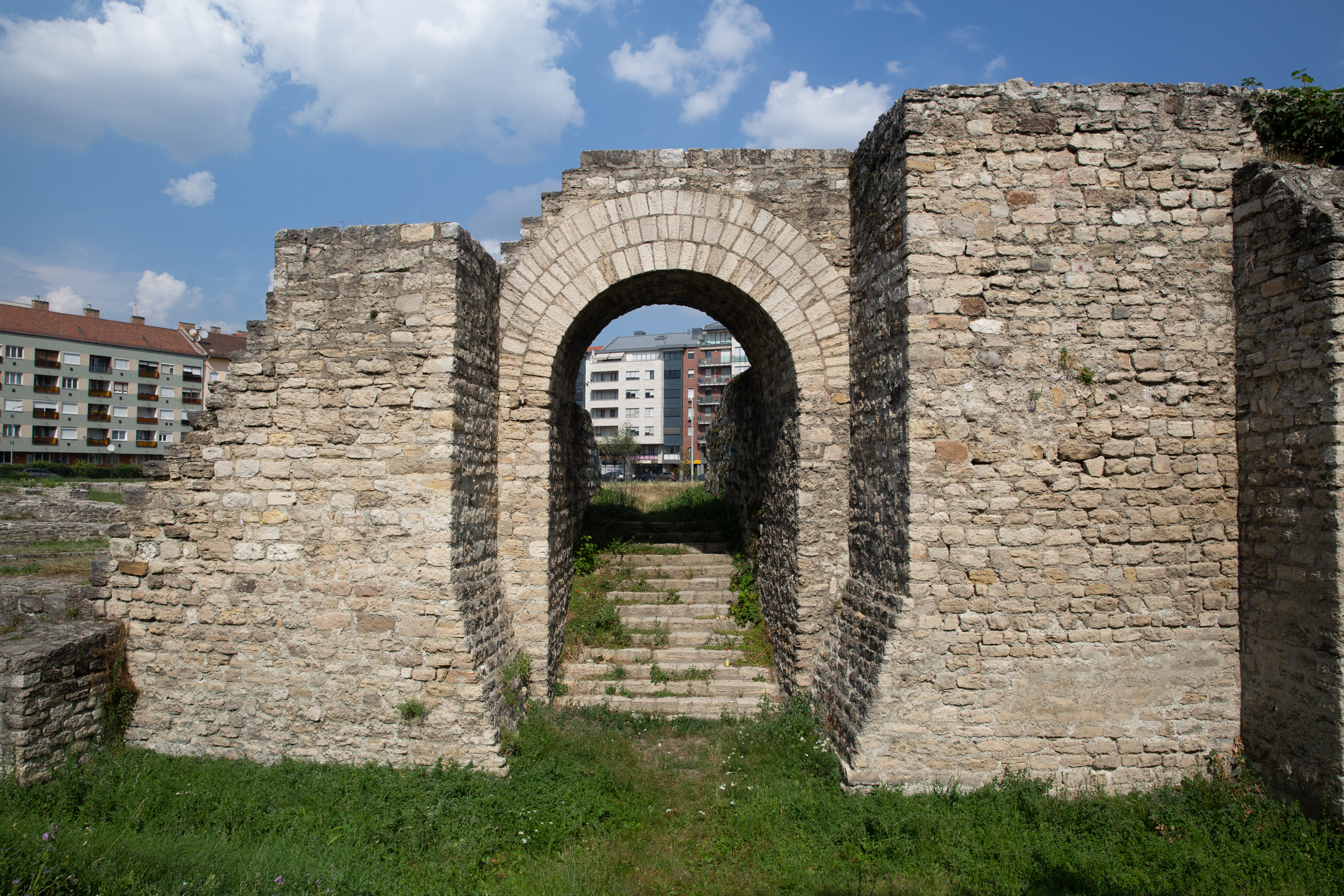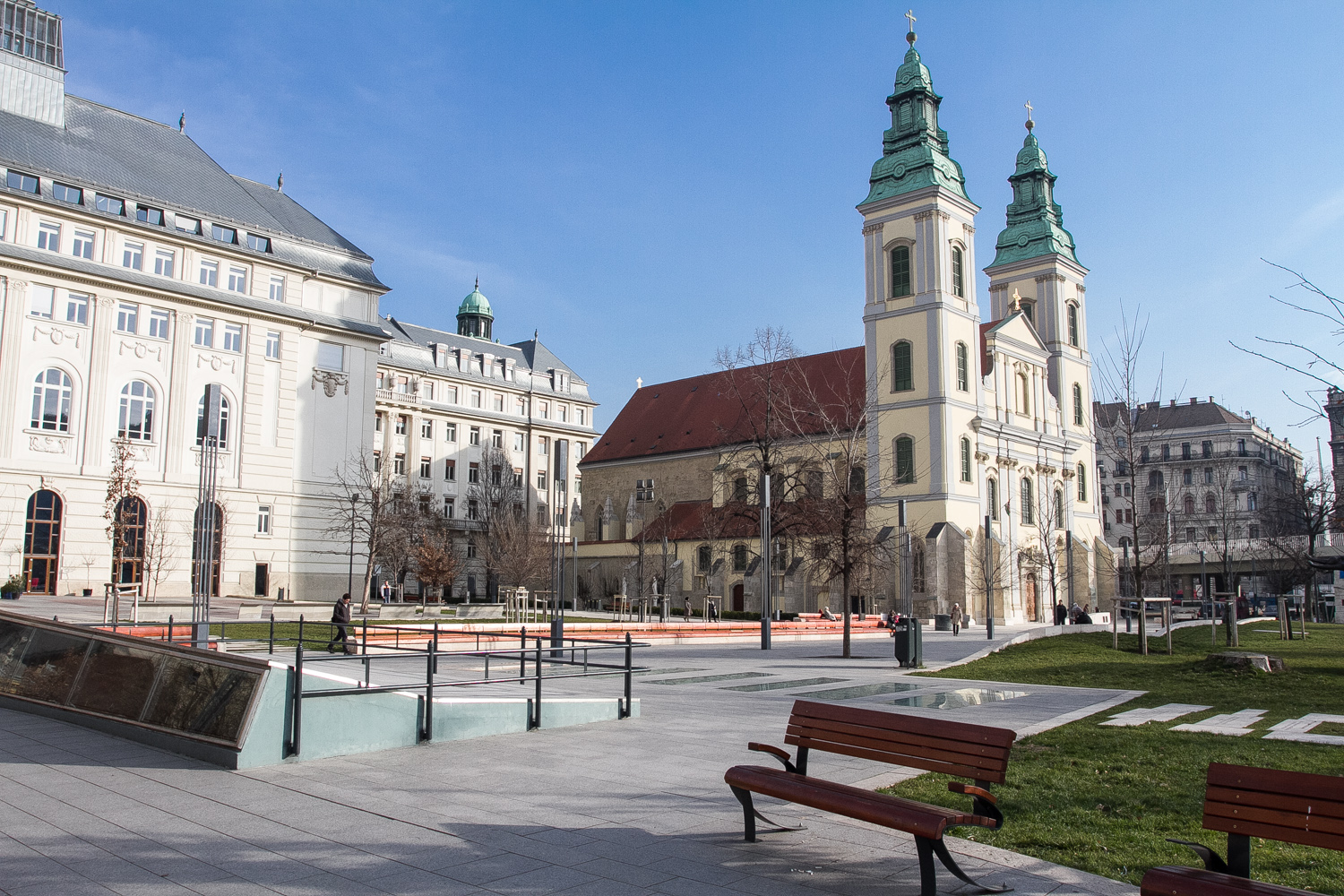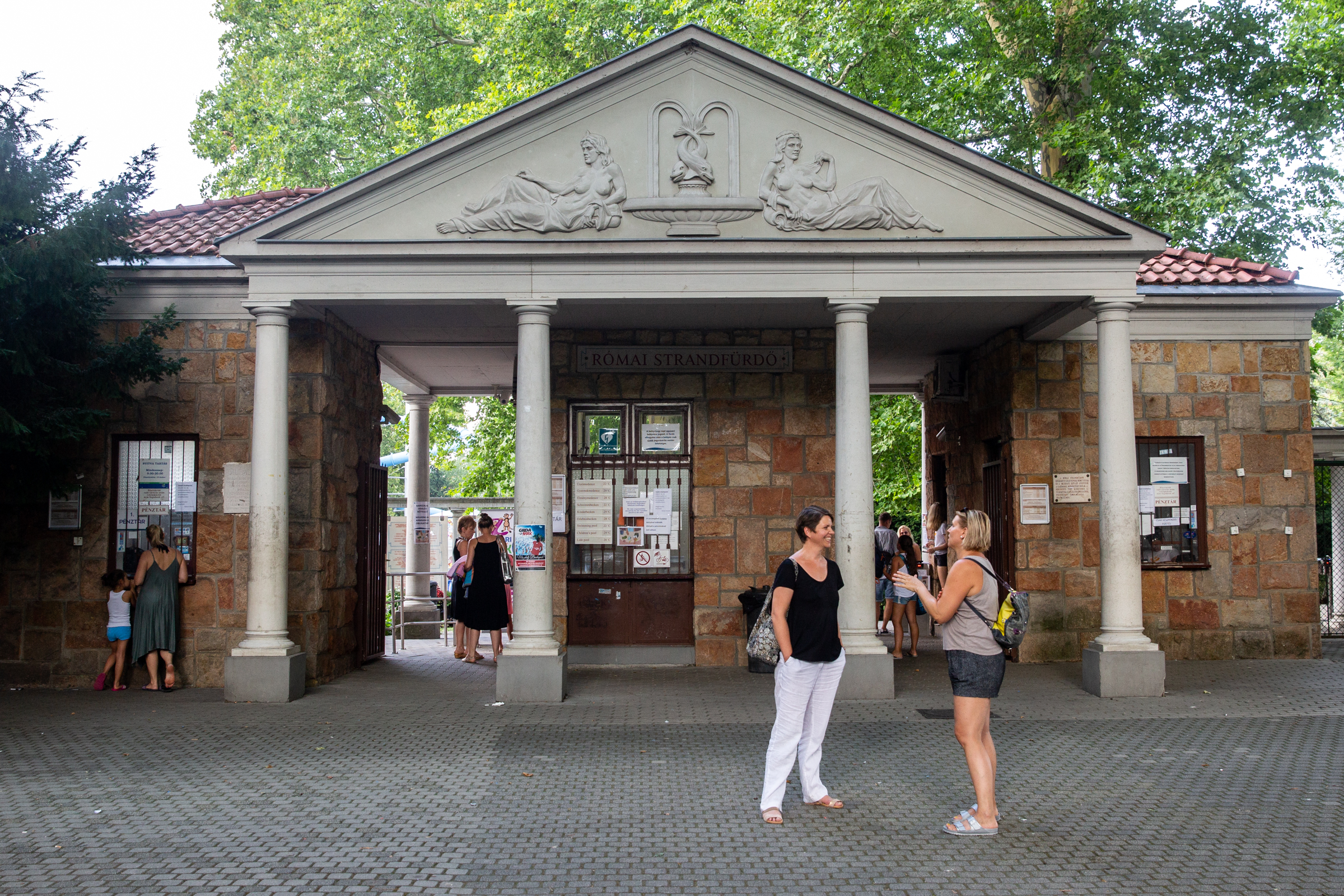A (really) brief history of ancient Rome’s settlement in present-day Budapest
Despite its might, the Roman Empire could never conquer any territory east of the Danube in what is now central Hungary. Nonetheless, the borderline river was already an important trading route by the 1st century AD, so legionnaires established a garrison town in northern Buda’s Óbuda area in AD 89 to protect Roman vessels and patrol this northeastern frontier of the empire’s Pannonia province. Some 6,000 soldiers were stationed here, and soon a civilian town called Aquincum sprung up a few kilometres north of the military base, populated by legionnaires’ families, merchants, artisans and indigenous Celts.
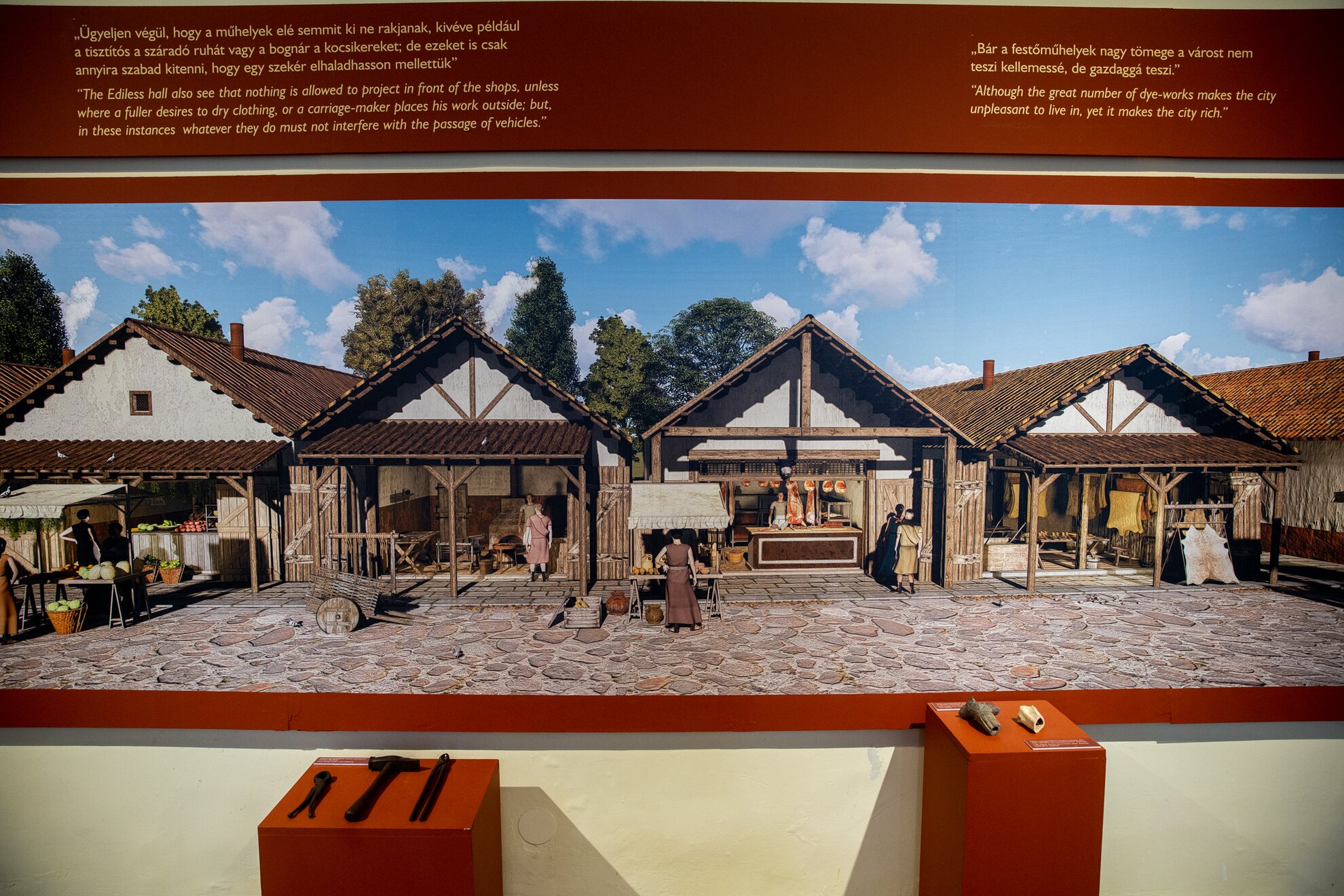
Both the barracks area and Aquincum flourished through the 2nd century AD; Hadrian served as provincial governor here before becoming emperor. The community enjoyed advanced colonial developments including two amphitheatres, an extensive aqueduct system, a sophisticated marketplace and palatial villas occupied by Roman nobles. A treasure trove of locally retrieved artefacts from everyday life in this era (such as fine jewellery, complex musical instruments and expert tools) attest to the refined civilisation that thrived here for generations.
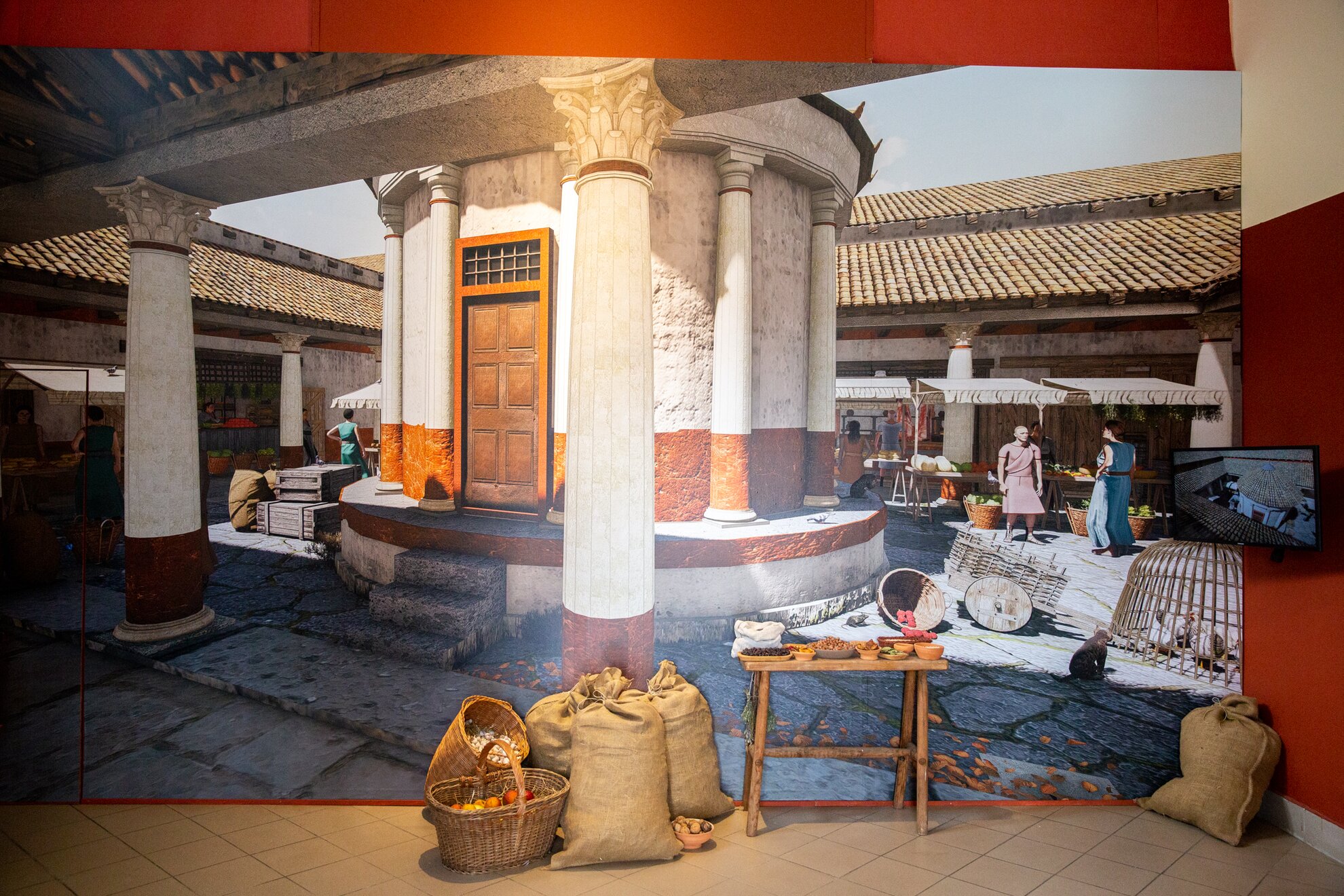
However, the community slid into decline with the onset of Rome’s fall, as an unstable economy and increasing frequency of barbarian attacks took a considerable toll on Aquincum’s quality of life. By the close of the 3rd century, the civilian settlement was abandoned while the military base was scaled back, and eventually the crumbling Roman Empire could not retain this distant redoubt. In AD 433, Pannonia fell to the Huns.
Ruins and remnants of this region’s era under Roman rule are viewable at all of the following sites:
Two on-site museums house the wealth of artefacts found here during excavations dating back to 1778 (when an Óbuda winemaker discovered Roman floor heating while digging pits in his vineyard), all highlighted with ample English information, Visitors can admire everyday treasures such as ornate jewellery, impressive glassware and pottery, oil lamps, locks and keys, buckles, coins, precision tools and plenty of military hardware, all accessibly presented to be appealing for everyone.
Don’t miss the ancient community’s well-preserved Civil Amphitheatre, located across the busy road from the main museum grounds by the Aquincum stop on the HÉV train from Batthyány tér. Legend has it that the gladiator-battling beasts kept here were uncommonly ferocious, so an especially tall fence was built to keep animals from breaking out and attacking the townsfolk. Nowadays, Aquincum frequently hosts festivals and educational events featuring actors in togas recreating ancient rituals, including gladiator battles in this amphitheatre – but fortunately, no bloodthirsty lions are included in the reenactments.
Open: Apr 1-Oct 31, Tue-Sun 10am-6pm; Nov 1-Mar 31, Tue-Sun 10am-4pm
Address: District III, Szentendre út 135 More details
Walls from several large barracks lie spread out in the open space of Flórian tér with the precise grid layout seen in Roman army-settlement remnants across Europe, complete with a few resurrected columns. But to discover the most compelling stone artefacts that were unearthed in this area, take a few steps from the outdoor ruins site into the square’s sprawling underpass, where numerous pieces of museum-quality ancient Roman statuary are incongruously displayed on the subterranean walls alongside shabby bars and grimy benches.
Along with the relief statues and carefully carved stone tablets mounted around underground Flórian tér, this underpass is also the site of Thermae Maiores, the ruins of a massive bathhouse constructed for the legionnaires in the 2nd century AD and discovered during 1778 when the first excavation of Aquincum was underway. Thermae Maiores was once a full-service spa centre, featuring an exercise court, steam baths and pools with cold, warm and hot water. Today, this is a free museum welcoming the public with a display of drawings showing how the Flórian tér military complex appeared while in active duty.
Open: Thermae Maiores – Tue-Sun 10am-6pm
Address: District III, Flórian tér More details
Hercules Villa features an astounding collection of mosaics featuring expertly laid tile patterns and delicately depicted characters ranging from Cupid to a bleeding boxer to the mythical strongman whose name graces this valuable archaeological site. The palace’s most prized artwork is an extremely detailed mosaic of Hercules with Deianira, created with some 60,000 tiny tiles and imported here from Alexandria. This fragile masterpiece is now preserved in the Aquincum museum, but several other beautiful floor mosaics remain in their original locations at Hercules Villa.
As the decline of ancient Rome saw this region increasingly under attack, Hercules Villa was abandoned by the early 4th century AD, with the grounds used for awhile as a cemetery; a few late-Roman sarcophagi are displayed amid the open-air museum from this time. The inscriptions on the tombs are still clearly visible, providing a pleasant challenge for any visitors who studied Latin.
Open: Apr 15-Oct 28, Sun 11am-1pm
Address: District III, Meggyfa utca 21 More details
Centred by a perfectly elliptical arena with its diameter stretching 89.6 by 66.1 metres, Óbuda’s large-scale amphitheatre – featuring seating capacity for 12,000 spectators – was built to entertain Roman troops with grisly gladiatorial games. Towering archways remain intact within the structure’s 12-metre-high outer ring wall, while the inner wall circling the arena was originally four metres high to prevent wild animals from bounding into the stands.
While this amphitheatre went into decay after the Romans were driven out of Pannonia, the structure’s walls still stood tall enough to make this an appealing base for high-ranking members of the original Magyar tribes that settled in Hungary in AD 896. These included Grand Chieftain Árpád, whose name was later used for the bridge leading into Óbuda. The amphitheatre was excavated in 1938, and while the grounds are unfortunately closed to the public, anyone can admire the ancient architecture from adjacent streets.
Address: District III, Szentendrei út 150 More details
As barbarian attacks on Aquincum became ever more frequent in the late 3rd century AD, Caesar Diocletian declared that this stronghold must be reinforced, and so Contra Aquincum was fortified with new layers of bricks. Providing a clear sign of how dire those times must have been, workers used tombstones from a local cemetery to hurry the project along toward its eventual doom. For many years these small but solid ruins were exposed within Március 15. tér and scrawled with graffiti, but after a recent renovation of the entire square, Contra Aquincum is now protected under plexiglass displays that anyone can peer through for an eyeful of urban Pest’s ancient history.
Address: District V, Március 15. tér More details
